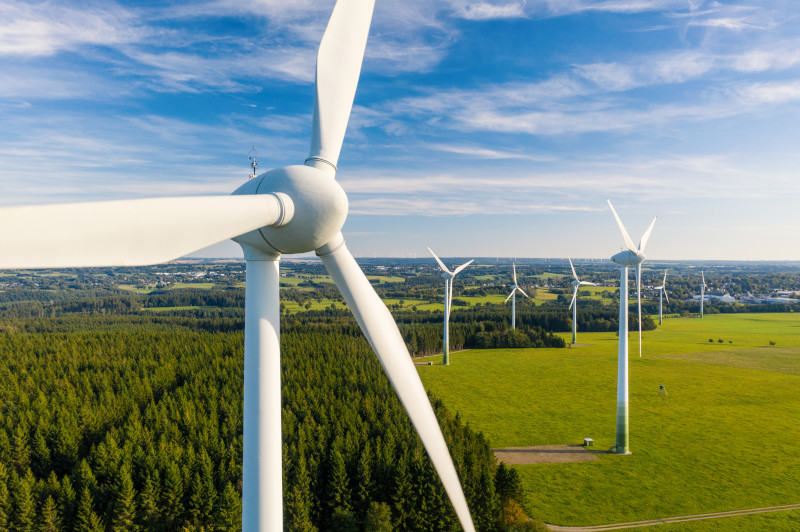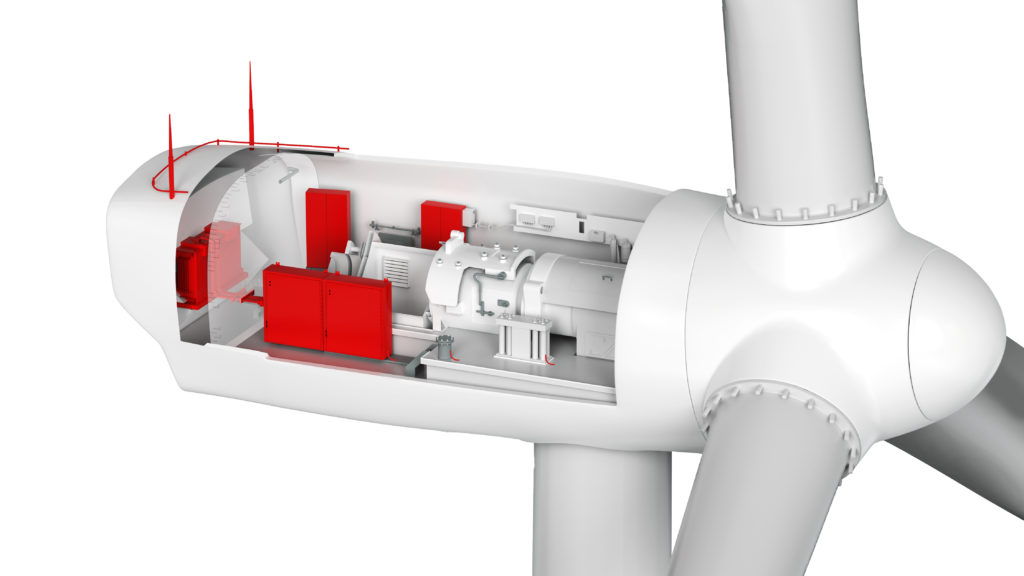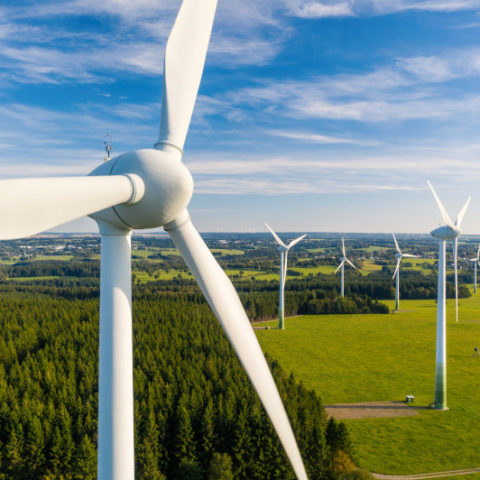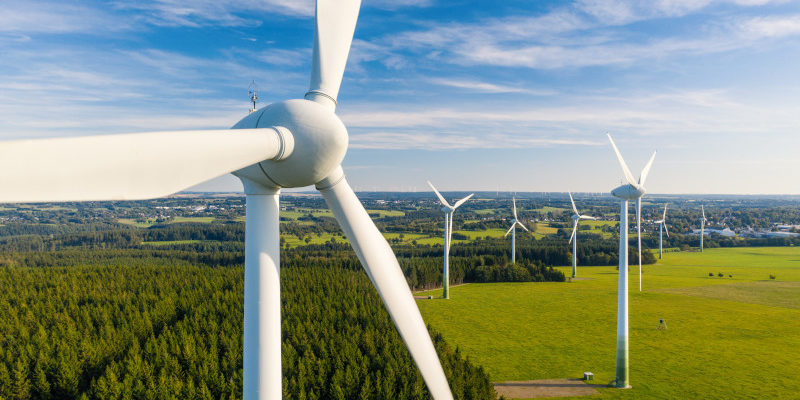
As the world innovates to become more sustainable and electrified, the demand for renewable energy generation grows. Wind energy has become key in increasing the renewable energy generation mix of utility companies. That is because it can generate renewable energy from small wind farm installations of a few dozen megawatts (MW) up to large-sized wind farms of several hundred MW to gigawatts—equivalent to today’s conventional power generation or larger. At the same time, utility knowledge is well suited to bringing about and running large-scale wind farms.
According to American Clean Power, nearly 70,000 wind turbines across the country are generating clean, reliable power. With wind power capacity totaling nearly 140 GW, it makes it the fourth-largest source of electricity generation capacity in the country—enough wind power to serve the equivalent of 43 million American homes.
Building a wind turbine farm requires time and resources. Utility companies need to maximize these investments and ensure that the installed wind farms generate as much electricity as possible while doing so safely and sustainably over the course of a long lifetime. One development that can help tackle this challenge is building taller turbines when permitted by local regulations. Taller wind turbines reach higher into the sky where wind speed, due to a variety of atmospheric conditions, tends to be faster. Faster wind speeds generate more energy.
An important consideration for engineers when designing ever taller wind turbines is reducing, where possible, the size of installations inside the wind turbine nacelles—the body of the wind turbine at the top of the tower that houses electricity generation components including converters and transformers. Reducing the size of installations in the nacelle also reduces raw material use, driving cost and environmental savings. More space in the nacelle also enables safer working conditions in and around the nacelle for wind turbine technicians.

One way to reduce the size of installations in the nacelle is to fit all of the necessary electrical components closer together. But in order to fit components more compactly, the connections between them need to be designed so as to accommodate a tight bending radius without compromising safety or conductivity.
Replacing cable with an alternative electrical connection solution like flexible busbar can be a good place to start. Copper flexible busbars can offer a high bending radius and a high degree of conductivity. This enables designs that would be impossible to build safely using conventional cable. Some flexible busbar designs can also carry more current while using a smaller amount of copper material than traditional cable, which can provide cost savings and increase efficiency through reduced materials use. Often, these busbars are customized during production enabling faster and safer building and maintenance without the need to cut cable on the job site.
It is also important to consider flexible busbar with capabilities such as low-smoke, halogen-free, flame retardant, and high-temperature insulation. This keeps people and electrical equipment safe as power travels through the wind turbine.
Servicing wind turbines must be able to be done safely and effectively in a reasonable amount of time and therefore electrical connections in turbine installations must be safe and reliable. Tall metal structures in windy environments are also an obvious draw for lightning strikes, so engineers need to make sure turbines are protected. An average lightning strike is 30,000 amps, more than enough to severely damage turbine operations and bring about costly repairs, downtime, and outages for energy customers.
Designing lightning protection for wind turbines can be challenging but an effective system is certainly capable of mitigating most of the threats posed by storms and inclement weather. Engineers can take advantage of specialized receptors on wind turbine blades to capture and ground lightning strikes. Because wind turbines are such a specific structure, the design will include the use of lightning protection design software whenever possible to create lightning protection systems that fit the unique needs of the wind turbine structure.
Additionally, a lightning protection capture system needs to be complemented by a good, safe, and reliable grounding and bonding system, so engineers need to make sure they are using high-quality ground rods and down conductors. Supporting the immense weight of the turbines in harsh environments is a challenge that demands the best and most effective materials and engineering expertise for the foundations. This requires engineers to pay close attention to the design and materials of the structures that make up wind turbine bases and towers—including rebar, coupler, and concrete selection.
Designing efficient wind turbines and protecting them from environmental threats is not easy, but it is critically important. As the world turns increasingly towards renewable sources of energy, wind energy companies are making choices that drive critical innovations in power generation and renewable energy. For wind energy generation, these companies need solutions that add long-term reliability, safety and critical protection for installations.


